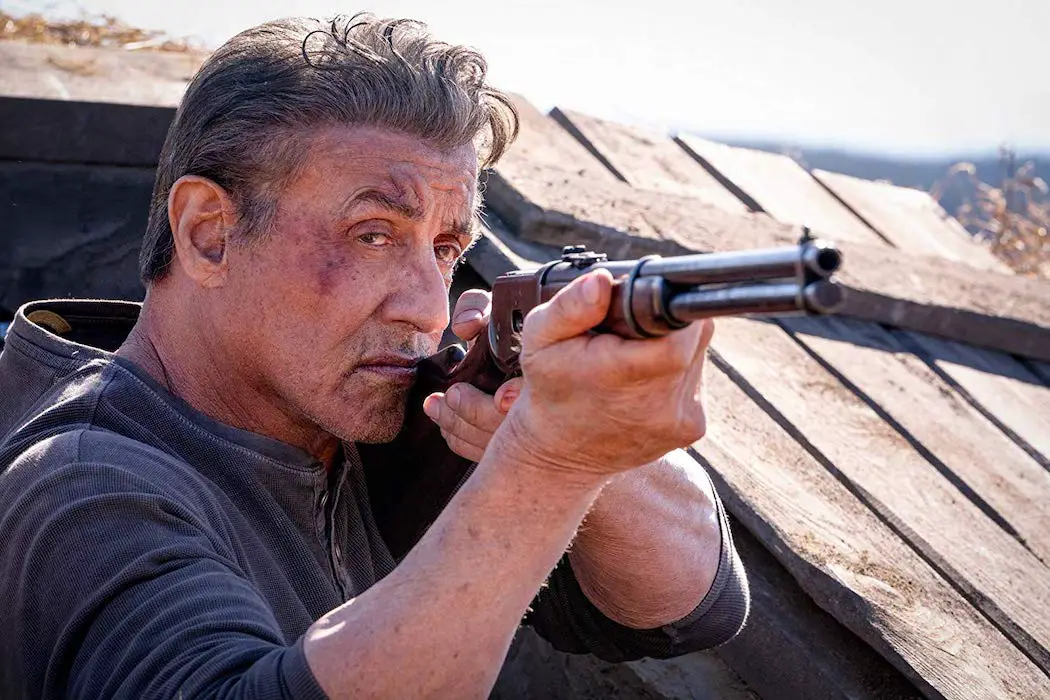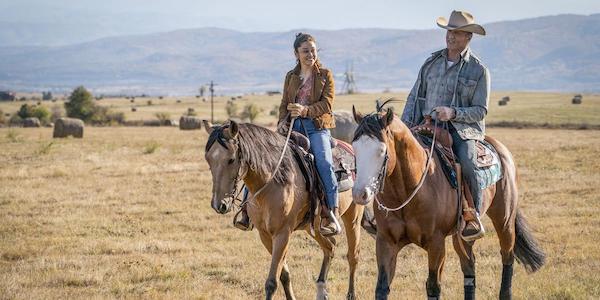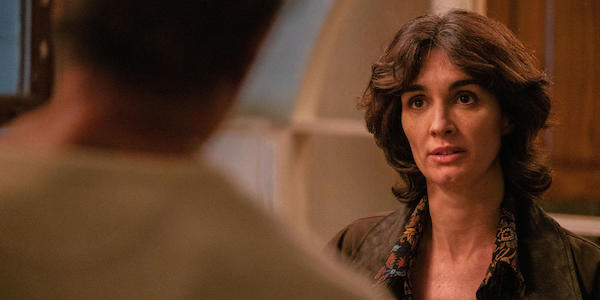RAMBO: LAST BLOOD: The Franchise Ends On A Sour Note

Movie lover & Los Angeles-based writer. BA in Film Criticism…
Looking back at 1982’s First Blood, one can’t help but admire how quaint the entire production looks. While the film was ultimately responsible for kicking off the cinematic incarnation of Vietnam War veteran John Rambo, a figure who is perhaps most widely recognized as a bandana-wearing, machine gun-toting angel of death, the original film is actually a relatively sedate affair, preferring to operate in the mode of survival-thriller over your standard shoot ’em up. Needless to say, the film was a massive hit, kickstarting a new franchise and solidifying Sylvester Stallone’s star power.
A pair of sequels followed in 1985 and 1988, and then the character went dormant for twenty years, only to be resurrected in 2008’s Rambo. With this fourth film in the series, Stallone effectively revitalized his own dwindling career, delivering an ultraviolent action film that showed no mercy. Upping the gore quotient tenfold, Rambo was downright apocalyptic in its convictions, but it offered the titular character a sense of closure, bring his long and tortured journey to a peaceful close.

At least until now. Eleven years later, we have Rambo: Last Blood, the much touted “final entry” in the saga of Rambo. Fans should give pause to rejoice: this is a deeply unpleasant and unnecessary feature, combining grotesque violence with toxic real-life politics in a cruel and dismal swan song to the character of John Rambo. While Stallone is back and game to dish out the pain, it’s safe to say that Rambo’s famous Bowie knife has officially dulled.
Back in the Saddle for One Last Ride
Having long since settled down on his family’s ranch in Arizona, John Rambo (Sylvester Stallone) enjoys a semblance of a normal life, maintaining acres of land and a stable of horses. He’s aided by housekeeper Maria (Adriana Barraza), and acts as a surrogate father to Gabriela (Yvette Monreal), a young woman he has raised since she was a little girl. Gabriela yearns to meet her biological father, a man she has discovered to be alive and well in Mexico, despite Rambo’s pleas that he is a terrible person for abandoning her.
Breaking her promise to Rambo, Gabriela heads south of the border to search for her father, only to get captured by the sadistic Martinez brothers, Hugo (Sergio Peris-Mencheta) and Victor (Óscar Jaenada). Drugged and raped, Gabriela is sold into a sex trafficking ring, prompting Rambo to spring into action to save her. He eventually crosses paths with Carmen (Paz Vega, doing everything she can with what is ultimately a wasted role), a journalist who lost her sister to similar means. With guidance from this newfound ally, Rambo realizes how far he must go to save Gabriela.

For this go around, Stallone hands the directing keys off to Adrian Grunberg, who last helmed 2012’s Get the Gringo, his feature debut. Grunberg has proven he has an eye for action, but he forestalls much of it here, relegating nearly everything to the final act. Working from a screenplay by Stallone and Matthew Cirulnick, Last Blood instead prefers to take its sweet time with introductions, reacclimating the audience to the life of John Rambo. Having single-handedly fought several wars on his own, the vet is heavily medicated to treat his PTSD, and finds catharsis in his ranch life, building a network of tunnels to combat his messy headspace.
The details of how Gabriela came to be in Rambo’s life are never made explicitly clear. It’s hinted that Rambo saved her from an abusive father following the death of her mother while she was at a very young age, but the particulars are completely glossed over. While Last Blood does have the benefit of brevity, running a scant 89 minutes (in the US cut at least – an entire prologue featured in international versions has been excised completely), a few extra plot specifics certainly would not have hurt.
Ugly Violence, Uglier Politics
Soon enough, things take a turn for the ugly, with Gabriela captured and Rambo taking charge once again to save the day, and it’s here that the picture falls apart and never recovers. Last Blood offers the umpteenth depiction of Mexico as an inhospitable hell-scape, where lawlessness rules the land and even the most innocent of lives are swallowed up whole. There’s also concerns with the border itself, and the ease of which Rambo crosses it throughout the movie (he goes in and out of Mexico at least twice, if not three times). While the franchise has maintained a more grindhouse-y edge, the politics of Last Blood are vile and retrograde, offering a degree of ugliness that was not needed.
Of course, it’s not the politics that draws one to a Rambo film; it’s the violence, and while Last Blood never reaches the bloodbath extremes of its 2008 predecessor, there are still plenty of gross-out moments to behold. Characters are beaten, shot, and stabbed, there’s one instance of a beheading, and one poor bastard gets his clavicle ripped out by Rambo’s bare hands. That’s not to mention the sequence where Rambo storms a makeshift brothel with a claw hammer, blatantly ripping off the most harrowing sequence from Lynne Ramsay’s You Were Never Really Here.

The finale of Last Blood takes place on Rambo’s farm, which has been outfitted by the mad veteran as a death trap-a-palooza. While Rambo was set in the lush forests of Burma, offering a serene visual backdrop amidst the chaos, Last Blood’s climax takes place in Rambo’s dingy therapy tunnels, offering minimal lighting and a muted palette as nameless goons are impaled, eviscerated, and blown apart by a cavalcade of CGI-enhanced booby traps. It’s grossly disappointing considering what the series has done before.
Rambo: Last Blood: Conclusion
If one were to squint their eyes, one would see that Last Blood is a thinly veiled Taken film, complete with a senior citizen offering his particular set of skills on a mission to rescue a kidnapped girl. Last Blood cribs a lot of elements from superior films and filters them through a dull and unimaginative lens, compounded entirely by the ending credits, which roll with a montage of highlights from the previous, better films. My advice? Stay home and watch those original films instead. This one was not needed.
What do you think? Is Last Blood a fitting end to the Rambo saga?
Watch Rambo: Last Blood
Does content like this matter to you?
Become a Member and support film journalism. Unlock access to all of Film Inquiry`s great articles. Join a community of like-minded readers who are passionate about cinema - get access to our private members Network, give back to independent filmmakers, and more.
Movie lover & Los Angeles-based writer. BA in Film Criticism & Media Theory from CSU Northridge. Unofficial Bond ally. Rhymes with “tequila.”













